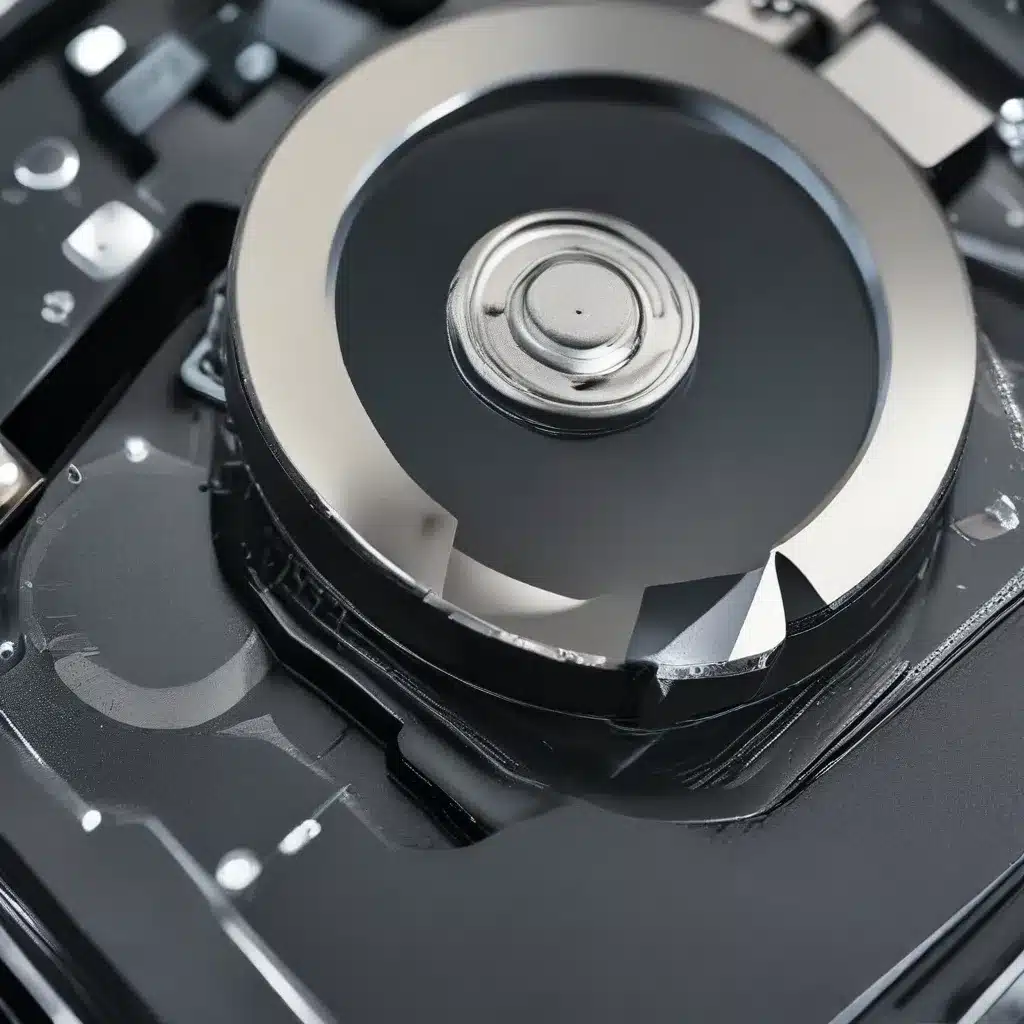
The Growing Nightmare of Data Loss
Oh, the dreaded feeling – waking up in the middle of the night, worried sick about the fate of your precious digital memories and important files. If you’ve been there, you know the anxiety all too well. I certainly have, and it’s a burden I wouldn’t wish on anyone.
For years, I’ve been juggling a complex web of hard drives, trying to create a reliable backup system for my family’s growing digital footprint. From our ever-expanding collection of photos and videos to the critical documents and projects we rely on, the sheer volume of data has become a relentless challenge to manage.
As our household has grown to include five active computers (soon to be seven!), with each person generating more and more digital content, I’ve found myself in a constant state of panic, wondering if a hard drive failure or a devastating fire could wipe out everything in an instant.
The 3-2-1 Backup Approach: The Key to Safeguarding Your Data
In my search for a foolproof solution, I stumbled upon the renowned “3-2-1” backup strategy – a tried and true method that has become the gold standard for effective data protection. The premise is simple: create three copies of your data, store them on two different types of media, and keep one copy offsite.
This approach offers a multi-layered safeguard, ensuring that your precious files are protected against a wide range of potential disasters, from hardware failures and cyber attacks to natural calamities and human error. By diversifying your backup methods, you create a safety net that can truly give you peace of mind.
Backup Option #1: External Hard Drives – A Reliable Workhorse
One of the cornerstones of the 3-2-1 backup strategy is the trusty external hard drive. These storage devices have come a long way in terms of capacity and affordability, making them a practical solution for both individuals and small businesses.
When selecting an external hard drive, it’s important to consider factors like compatibility, storage space, and durability. Solid-state drives (SSDs) offer faster data transfer speeds and increased resilience to physical shocks, making them a popular choice for those who value performance and reliability.
To implement this backup method, simply connect your external drive to your computer and use your operating system’s built-in backup tools or third-party software to create regular, comprehensive backups of your data. Don’t forget to rotate your backup drives and store one offsite for added protection.
Backup Option #2: Cloud Storage – The Convenience of Anytime, Anywhere Access
In today’s increasingly digital landscape, cloud storage has emerged as a game-changing solution for data backup and recovery. Services like Google Drive, Dropbox, and iCloud offer the convenience of accessing your files from anywhere with an internet connection, while also providing robust security features like encryption and version control.
By leveraging cloud storage as part of your 3-2-1 backup strategy, you can enjoy the peace of mind that comes with knowing your data is securely stored off-site, shielded from localized disasters or hardware failures. Many cloud providers also offer seamless integration with your devices, allowing for effortless, real-time backups of your most critical information.
The beauty of cloud storage lies in its scalability and flexibility. As your digital footprint grows, you can easily scale up your storage capacity to accommodate your needs, without the hassle of managing physical hardware.
Backup Option #3: Network Attached Storage (NAS) – The Ultimate Data Fortress
For those seeking the ultimate in data security and reliability, a Network Attached Storage (NAS) device is a game-changing solution. These dedicated servers are designed to be always-on and connected to your home or small business network, providing a centralized hub for your digital assets.
Unlike a traditional external hard drive, a NAS offers several key advantages:
| Feature | Benefit |
|---|---|
| Redundancy | NAS devices often incorporate RAID (Redundant Array of Independent Disks) technology, which means your data is mirrored across multiple drives, reducing the risk of a single point of failure. |
| Remote Access | You can access your NAS from anywhere with an internet connection, making it easy to retrieve files or manage your backups on the go. |
| Advanced Security | NAS systems typically come equipped with features like password protection, encryption, and the ability to create user permissions, keeping your data safe from prying eyes. |
By incorporating a NAS into your 3-2-1 backup strategy, you create an impenetrable fortress for your digital belongings, providing an extra layer of security and resilience against potential disasters.
The Final Step: Putting It All Together
Now that you’ve explored the various backup options, it’s time to put the 3-2-1 strategy into action. Start by identifying the most critical files and folders on your computer – the ones you simply cannot afford to lose. These might include your family photos, important documents, and any irreplaceable digital assets.
Next, create three copies of this data:
1. One copy on an external hard drive or SSD that you keep in your home or office.
2. A second copy on a different external drive that you store offsite, perhaps at a trusted friend or family member’s house.
3. The third copy safely tucked away in the cloud, using a reliable service like Backblaze or iDrive.
By following this simple, yet powerful 3-2-1 approach, you can breathe a sigh of relief, knowing that your most precious digital treasures are safeguarded against the unexpected. No more waking up in a cold sweat, wondering if everything you’ve worked so hard to create will vanish in an instant.
So, what are you waiting for? Take control of your data protection today and embark on a journey towards true digital serenity. Your future self will thank you.












